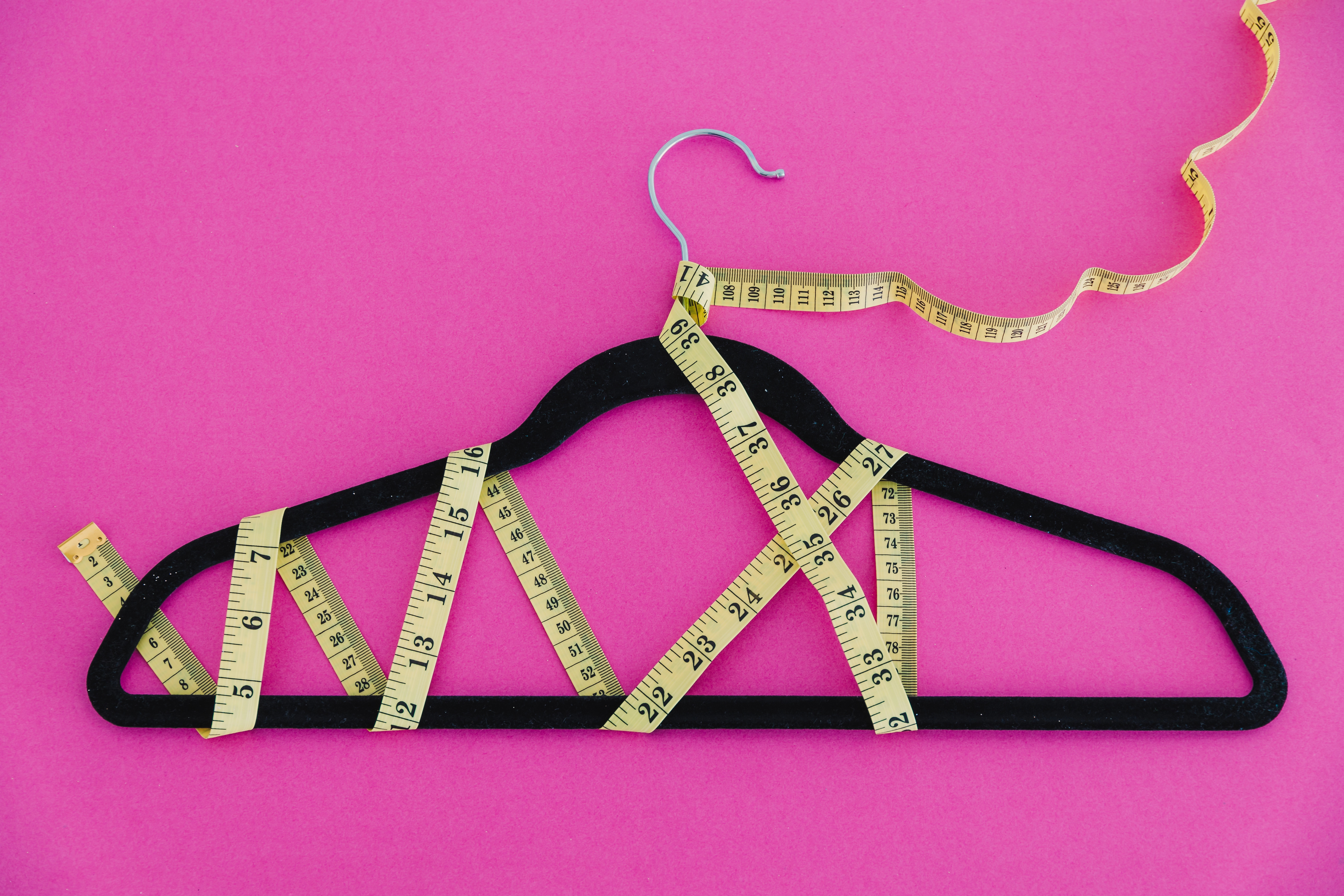Closet organization is an essential part of home design, impacting both functionality and aesthetics. Whether designing a new closet or upgrading an existing one, understanding standard dimensions, layout possibilities, and the advantages of custom closet systems is key to optimizing storage. (Source: The Spruce, Everything You Need to Know About Standard Closet Sizes and Dimensions, By Shelby Vittek, Updated on September 18, 2024, https://www.thespruce.com/standard-closet-size-guide-8384976 ).
The Closet Company comments, “Closet design is more than just measurements—it’s about creating an efficient, accessible space tailored to a homeowner’s lifestyle. By incorporating smart layouts and functional accessories, a closet can be transformed from a simple storage area into a highly organized and aesthetically pleasing space.”
Standard Closet Depth
Standard closet depth typically ranges from 22 to 24 inches, ensuring enough space to accommodate clothing on standard hangers (which measure between 17 and 19 inches). In some cases, closet depth can extend up to 28 inches, particularly in spaces designed to store bulkier items such as coats or large storage bins.
The Closet Company shares, “Closet depth plays a crucial role in functionality. While the standard depth works well for most storage needs, customizing it allows homeowners to maximize their space effectively. A deeper closet can accommodate out-of-season clothing and bulkier items, while a shallower closet is perfect for quick-access everyday wear. It’s all about finding the right balance for your needs.”
Reach-In Closets
Reach-in closets are common in bedrooms, entryways, and hallways. Usually measuring between 3 and 6 feet in width and about 8 feet in height, these closets require efficient organization to maximize space.
The Closet Company says, “Even a small reach-in closet can be highly functional with the right design. Incorporating double-hanging rods, adjustable shelving, and built-in organizers can significantly increase storage capacity. We always recommend using sliding or bi-fold doors to save space while ensuring easy access to clothing and accessories.”
Walk-In Closets
Walk-in closets offer significantly more storage and customization options. They can be categorized into different sizes:
- Small Walk-In Closets (4 feet by 8 feet) typically feature hanging rods along the longer walls, with double rods positioned at 40 inches and 80 inches above the floor for optimized storage.
- Medium Walk-In Closets (7 feet by 9 feet) provide additional storage opportunities, allowing for rods, drawers, and open shelving on multiple walls.
- Large Walk-In Closets (12 feet by 14 feet) can incorporate closet islands, custom shoe racks, and even seating areas.
The Closet Company comments, “Walk-in closets should not just store clothes—they should streamline your daily routine. A walk-in closet should include tailored solutions, such as valet rods for outfit planning, built-in hampers for convenience, and well-lit shelving for easy visibility. A properly organized walk-in closet can make getting dressed a seamless and enjoyable experience.”
Dressing Room-Style Walk-In Closets
Dressing room-style walk-in closets, typically measuring 12 feet by 14 feet or larger, go beyond standard storage solutions to provide a boutique-style experience. These expansive closets often include an island, seating, and dedicated sections for shoes, handbags, and accessories.
The Closet Company highlights, “A dressing room-style walk-in closet is the epitome of luxury. Features like custom-built islands with jewelry trays, illuminated shoe displays, and soft-close drawers elevate the space to a new level of sophistication. Homeowners can personalize every detail, from elegant finishes to specialty racks for handbags and accessories. However, custom closet design isn’t just for large spaces—closet organizer systems can bring a touch of luxury and functionality to closets of any size. Thoughtfully designed shelving, integrated lighting, and high-quality materials can enhance even the smallest reach-in closets, making them feel more polished and efficient.”
Custom Closet Systems and Accessories
Custom closet systems allow homeowners to tailor their storage spaces to their specific needs. These systems can include adjustable shelving, pull-out racks, drawer dividers, and accessory storage such as jewelry trays or belt racks.
The Closet Company comments, “Custom closet systems provide unmatched flexibility and organization. Whether it’s a space-saving design for a reach-in closet or a fully customized dressing room, the right combination of shelving, drawers, and hanging space ensures everything has its place. High-quality materials and thoughtful layouts make a significant difference in creating a functional and stylish storage solution.”
Final Thoughts
Closet design plays a fundamental role in home organization and daily efficiency. By understanding standard dimensions and exploring custom solutions, homeowners can transform their closets into well-organized, aesthetically pleasing spaces.
The Closet Company concludes, “The key to an efficient closet is intentional design. Every home has unique storage needs, and the right closet system should reflect that. Whether it’s maximizing a small reach-in space or designing a luxury walk-in retreat, well-planned layouts, and high-quality materials ensure a closet that is both practical and beautiful.”
